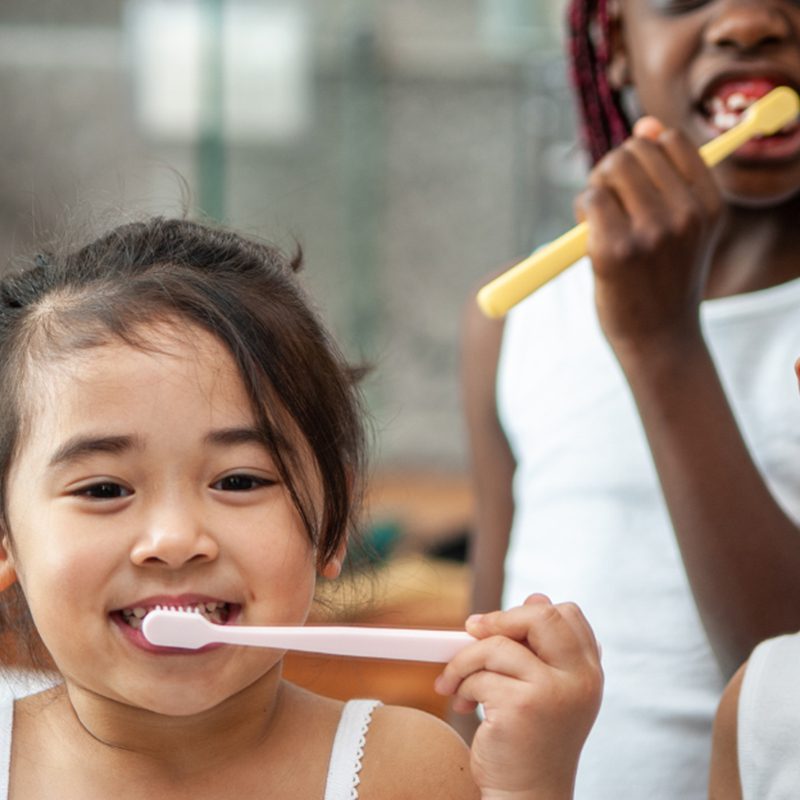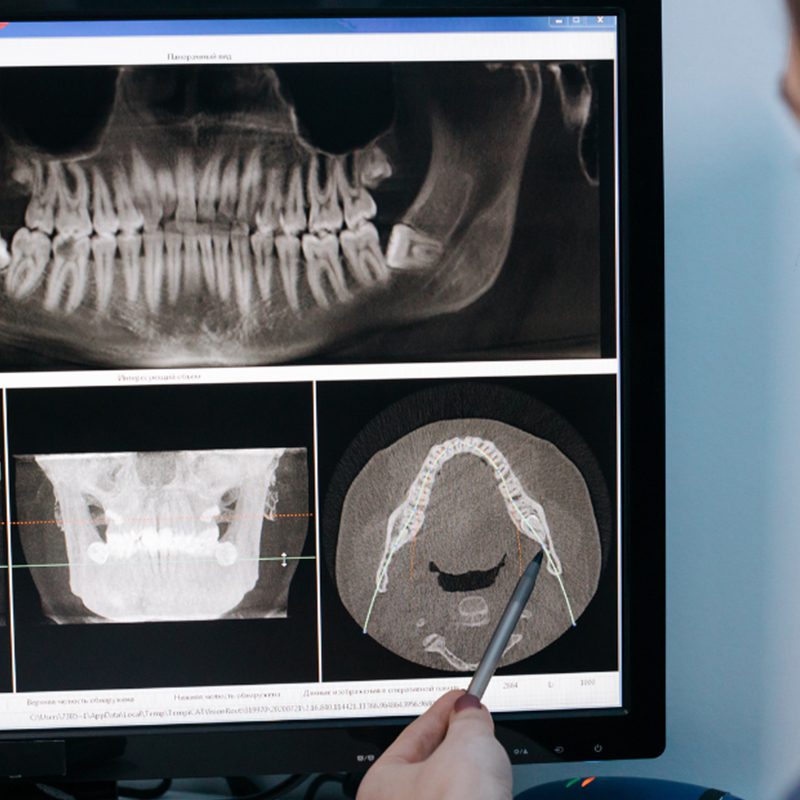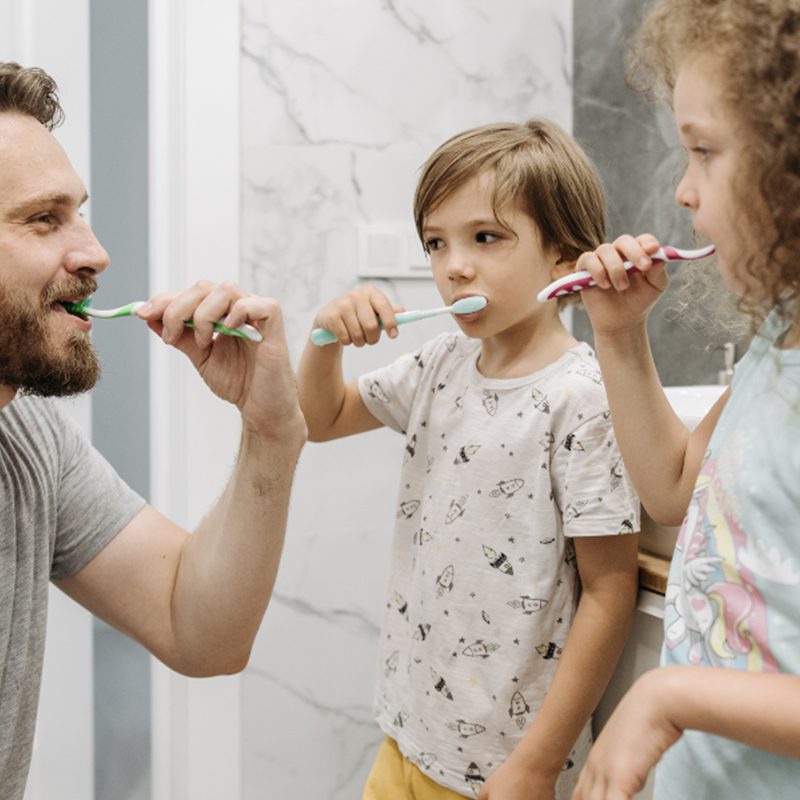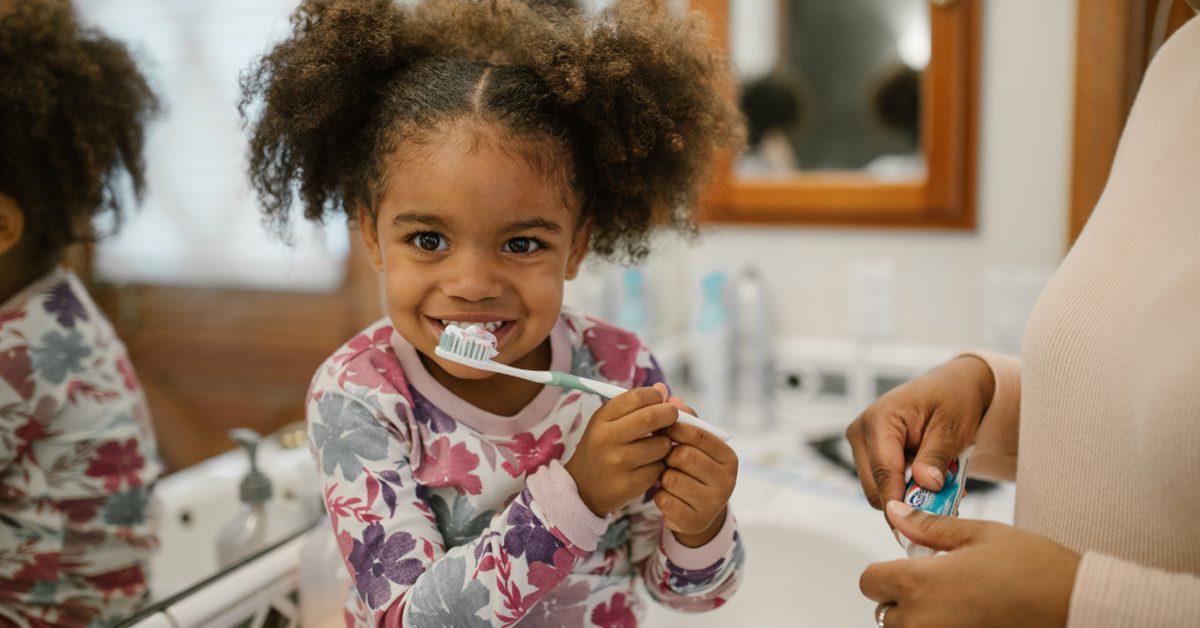As a parent, you know the importance of teaching good oral hygiene habits early on so that tooth decay and gum disease can be prevented in the future. And when it comes to protecting your child’s oral health, there’s no greater ally than fluoride. But when is the right age for your child to start using fluoride toothpaste? This is a common question parents ask us here at Advanced Indiana, so we thought we’d break it all down so you can make the best decision for your child.

What Is Fluoride And Why Is It Important?
Fluoride is an important mineral that helps prevent tooth decay by strengthening the enamel of teeth, making them more resistant to acid attacks from sugars and bacteria. Studies have shown that children who use fluoridated toothpaste have fewer cavities than those who don’t. In addition, fluoride has been known to reverse early signs of tooth decay in children, known as ‘white spot lesions.’
Since tooth decay is the leading chronic disease among children in the US and one of the most common illnesses worldwide, proper use of fluoride at an early age can help avoid more serious dental issues down the road. Fluoride works to protect the teeth by providing an extra layer of defense against harmful acids and bacteria, and is thus a good option for proper dental care.
The Safe Amount Of Toothpaste For Your Child
We’ve all heard that using fluoride is an important part of keeping our teeth healthy, but it can be hard to know when it’s the right time for kids to start brushing with fluoride toothpaste. Here’s what you need to know.

Babies and Toddlers (Ages 0-2)
The American Dental Association recommends that parents start brushing their baby’s teeth as soon as they appear. Use a smear of low-fluoride toothpaste (about the size of a grain of rice) on a soft-bristled toothbrush to clean your baby’s teeth twice a day.
Preschoolers (Ages 3-5)
At the age of three, children should start using a pea-sized amount of fluoride toothpaste. Ensure they brush their teeth twice a day after meals or snacks. Encourage children to spit toothpaste out after brushing. Gradually teach them to brush slowly and methodically across every surface of their teeth. In doing this, each brushing session should take at least two minutes. Additionally, avoid sugary drinks and foods as much as possible.
Elementary School-Aged Kids (Ages 6-11)
For young children six and over, the American Dental Association Council recommends ensuring your child still brushes twice daily, for two minutes each time. Supervise the child’s brushing until at least age nine. Regular visits to your child’s dentist should be scheduled every six months to remove plaque from teeth and monitor any dental cavities. Encourage healthy eating patterns, including a balanced diet rich in fruits, vegetables, and whole grains.
Teenagers and Up (Ages 12-18)
At this stage, the child is responsible for brushing and flossing. Encourage proper dental hygiene by reminding them of the importance of good oral health. Limit the consumption of sugary foods and drinks like soda and juice to prevent tooth decay. Also, encourage the use of dental floss, and if your child experiences bad breath, add tongue cleaning to their daily routine.

Avoiding Dental Fluorosis (White Spots)
At any age, you should make sure that children don’t use too much fluoride toothpaste as they can easily ingest too much fluoride, which can lead to developing dental fluorosis, a condition in which tooth enamel becomes discolored or mottled due to over-exposure to fluoride. To prevent this, supervise your child’s brushing to ensure they only use the recommended amount of toothpaste. Furthermore, make sure they rinse their mouth properly after brushing.
For more information, you should contact your dentist to get the best advice on when and how much fluoride toothpaste your child should use. With proper guidance from dental professionals, you can ensure that your child enjoys the benefits of fluoride toothpaste use without any risks.
Best Practices For Brushing At Each Age
Brushing your teeth is one of the most important oral hygiene habits you can teach your child. While each age group has different fluoride toothpaste needs, there are some universal best practices for brushing that are recommended for any age:
- Brush gently in a circular motion with a soft-bristled brush:
- Replace the toothbrush every three months or when the bristles start to fray
- Spit out excess fluoride toothpaste after brushing, and don’t swallow it
- Floss once a day
- Visit your dentist regularly
By following these best practices and ensuring that your child is brushing with the recommended amount of fluoride toothpaste, you can ensure that they benefit most from their daily oral hygiene routine. Have any questions about when and how much fluoride toothpaste your child should use? Don’t hesitate to ask your dentist for advice.


Keeping Your Child’s Teeth Healthy At Advanced Indiana
Good dental care starts at an early age, and with proper guidance, you can ensure that your child enjoys healthy teeth and gums for many years to come. Teaching your child the importance of brushing and flossing goes a long way toward building an amazing smile they’ll be proud to show off to the world.
With the experienced dentists at Advanced Indiana, you can get the best advice on when and how much fluoride toothpaste your child should use. We also offer a variety of other services that help keep your child’s teeth healthy, such as sealants and fluoridation treatments. Contact us today to request an appointment and learn more about our services.

